FOB China prices for Mono PERC M10 wafers held steady this week at $0.133 per piece. Likewise, FOB prices for N-type M10-related and G12 wafers remained unchanged from the previous week, at $0.121/pc and $0.162/pc, respectively. The overall wafer market remained relatively quiet, with price stability reflecting flat order volumes. However, downward pressure on prices continues due to persistently weak demand, low production levels, and the ongoing risk of inventory accumulation.
According to industry insiders, average operating rates in the wafer market are currently hovering around 50%. Specialized wafer manufacturers are maintaining slightly higher utilization levels than integrated producers—an industry trend typically observed when market prices fall below production costs.
Data from the Silicon Branch of the China Nonferrous Metals Industry Association reported that China’s wafer output reached 55.65 gigawatts in May. While this figure appears significantly lower than the 92.9 GW of newly installed solar capacity announced by the National Energy Administration for the same month, industry experts suggest that a more sustainable monthly wafer output, aligned with annual installation projection, would ideally be maintained below 50 GW.
In the China domestic market, wafer orders are predominantly limited to small-scale restocking, resulting in very short lead times. A trade source noted that some orders scheduled for delivery by the end of the month are still under negotiation, with prices expected to decline slightly. “The adjustment is anticipated to be in the range of 0.02 to 0.03 yuan /pc compared to the current level,” the source added.
With Sichuan and Yunnan entering their seasonal period of abundant hydropower in June, local electricity prices are expected to drop, reducing wafer production costs in these regions by approximately 0.05 yuan/pc, according to sources. However, several market participants cautioned that such cost reductions provide only limited relief amid broader financial pressures. In some cases, manufacturers are even compelled to reflect these savings in their pricing, offering further discounts to stimulate sales.
To alleviate margin pressure, some manufacturers are reportedly leveraging traceability documentation as a means to enhance sales and command price premiums. Trade sources indicate that both domestic and export orders accompanied by traceability documentation can fetch premiums of up to 0.10 yuan/pc compared to standard orders.
In the global markets, OPIS has learned from industry sources that wafer production in Malaysia has seen a notable decline in operating rates – from approximately 50% in the first quarter to around 30% currently. This aligns with data from the Silicon Branch of the China Nonferrous Metals Industry Association, which reported a 37.06% month-on-month decrease in China’s polysilicon exports in April 2025, totaling 1,262.3 metric tons. The association attributed the decline primarily to reduced shipments to Malaysia, following the imposition of final anti-dumping and countervailing duties by the U.S. on solar imports from four Southeast Asian countries.
OPIS, a Dow Jones company, provides energy prices, news, data, and analysis on gasoline, diesel, jet fuel, LPG/NGL, coal, metals, and chemicals, as well as renewable fuels and environmental commodities. It acquired pricing data assets from Singapore Solar Exchange in 2022 and now publishes the OPIS APAC Solar Weekly Report.
The views and opinions expressed in this article are the author’s own, and do not necessarily reflect those held by pv magazine.
This content is protected by copyright and may not be reused. If you want to cooperate with us and would like to reuse some of our content, please contact: editors@pv-magazine.com.
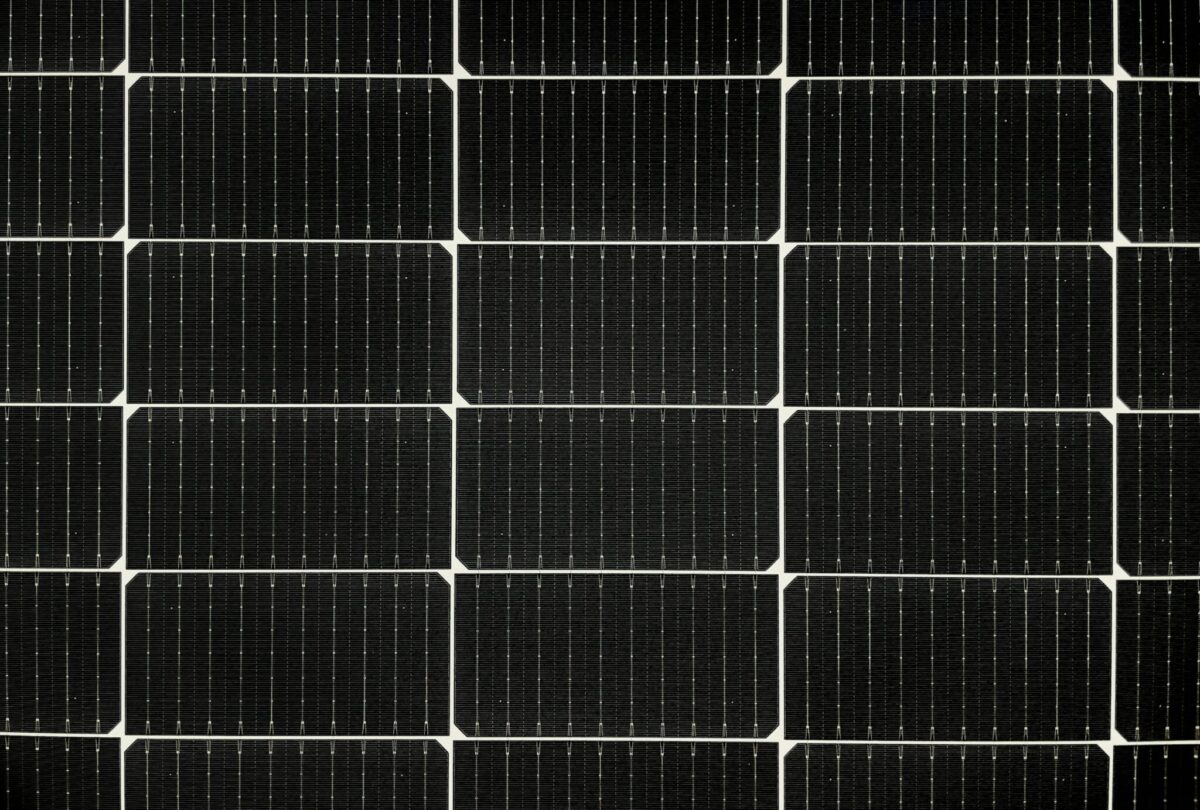


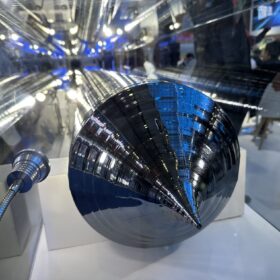
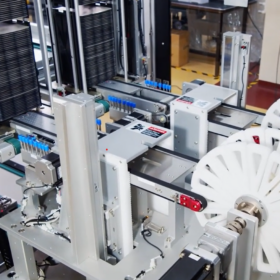
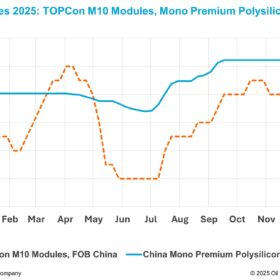
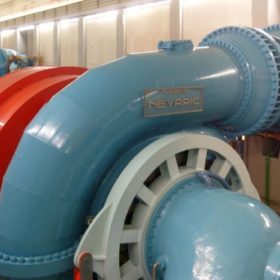

By submitting this form you agree to pv magazine using your data for the purposes of publishing your comment.
Your personal data will only be disclosed or otherwise transmitted to third parties for the purposes of spam filtering or if this is necessary for technical maintenance of the website. Any other transfer to third parties will not take place unless this is justified on the basis of applicable data protection regulations or if pv magazine is legally obliged to do so.
You may revoke this consent at any time with effect for the future, in which case your personal data will be deleted immediately. Otherwise, your data will be deleted if pv magazine has processed your request or the purpose of data storage is fulfilled.
Further information on data privacy can be found in our Data Protection Policy.